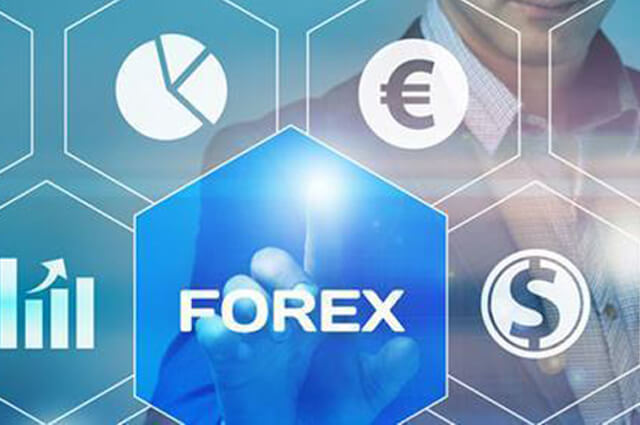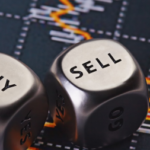If you’re like many people, you’ve probably heard the term “forex” on the news or seen it in one of those ubiquitous, mildly-irksome banner ads found across the Internet, but you may have little detailed knowledge of this somewhat esoteric topic. The foreign exchange market, frequently referred to in truncated form as the “forex market”, “FOREX market”, or “FX market”, is, unbeknownst to many outside of finance, the largest financial market on the planet.
Approximately four trillion U.S. dollars worth of currency is exchanged in this market every day, more value than that exchanged in the U.S. stock, bond, and T-bill markets combined. Part of the reason the forex market has limited visibility to those outside the world of finance is that, in contradistinction to other financial markets, the forex market lacks a centralized exchange akin to the New York Stock Exchange (NYSE) or the Chicago Board Options Exchange (CBOE). The forex market comprises a worldwide network of banks, other financial institutions, and independent forex traders, all engaged in the trade of national and supranational currencies. A distinguishing trait of the forex market is that it remains open and active 24 hours a day throughout the workweek, and since, as it were, the sun therefore never sets on the forex market, it’s also the most liquid of global markets.

In the past, access to the forex market was only available to banks and other sizeable financial institutions, but as in so many other sectors, digital and information technology have leveled the playing field with respect to the forex market. Forex trading is now readily available to all, from the traditional large players on down to money managers and individual traders. Accordingly, the past few years have seen many new traders enter this exciting, dynamic market.
Getting started in forex trading is now as simple as navigating to a forex website and opening an account. Mastering forex trading, however, is not necessarily any easier than it has ever been, as the market is still riddled with potential landmines for novices uncognizant of their exposure to risk. Margined forex trading, for example, is incredibly jeopardous and only appropriate for traders capable of absorbing the potential losses involved.
Because a brokerage account may offer the individual trader the capacity to trade currencies on a highly-leveraged basis, at values up to hundreds of times an account’s underlying equity, this equity can potentially be entirely wiped out by swings in value of as small as a single percentage point, and the risk is only compounded in the current environment, wherein the euro and other major currencies have shown unusual volatility as a result of ongoing global macroeconomic uncertainties. Speculation in the forex market should therefore only be exercised with “risk” capital, i.e., money that the investor can afford to lose.
Trading foreign currencies in the forex market is not at all similar to trading currencies in the futures market and is in many ways easier than trading stocks, commodities, and especially options. Indeed, practically all adults the world over are indirectly participating in the forex market in a very real sense already.
Changing currency values and the consequent fluctuations in exchange rates are the source of opportunity as well as risk in this market. As such, recent currency and thus exchange-rate volatility have led to considerable returns for forex investors who have taken the right positions before and during, e.g., revolutions in the Arab world or anti-austerity riots in Europe.
To give an illustrative example, an investor with 20,000 pounds sterling (GBP) might trade all of these for Canadian dollars (CAD) when the exchange rate is 0.5 GBP to the CAD. He would then have 40,000 CAD. If the value of the CAD then increased against the GBP, as was the case in the years following the global economic downturn of 2008, he could then sell his CAD for GBP and end up with more pounds sterling than he had at the beginning. Between these exchanges, our forex trader would have kept track on a regular basis of exchange rates in the format “CAD/GBP last 0.653499”, or something similar.
This sample readout simply indicates that the last time an exchange between these currencies was recorded on the market, the rate was 0.653499 pounds sterling for a Canadian dollar. The first currency listed, here the CAD, is termed the “base” currency, and the second, the GBP, is called the “quote” or “counter” currency.
Forex trading is fundamental to the global economy as anyone who has ever exchanged currencies while traveling will be aware. So long as currencies continue to differ between countries (or at least regions), foreign currency exchange will be a prerequisite for the trade in products and services across those currency zones, and such international trade has only increased with advances in communication and transportation technology and as the infrastructure of globalization has continued to expand apace.
Until the speculative eventuality of a unitary global currency is achieved, we will never be without the lucrative and chancy forex market.
Discover Tradesmarter White Label Forex Trading Platform
Click here: Forex trading Solutions










